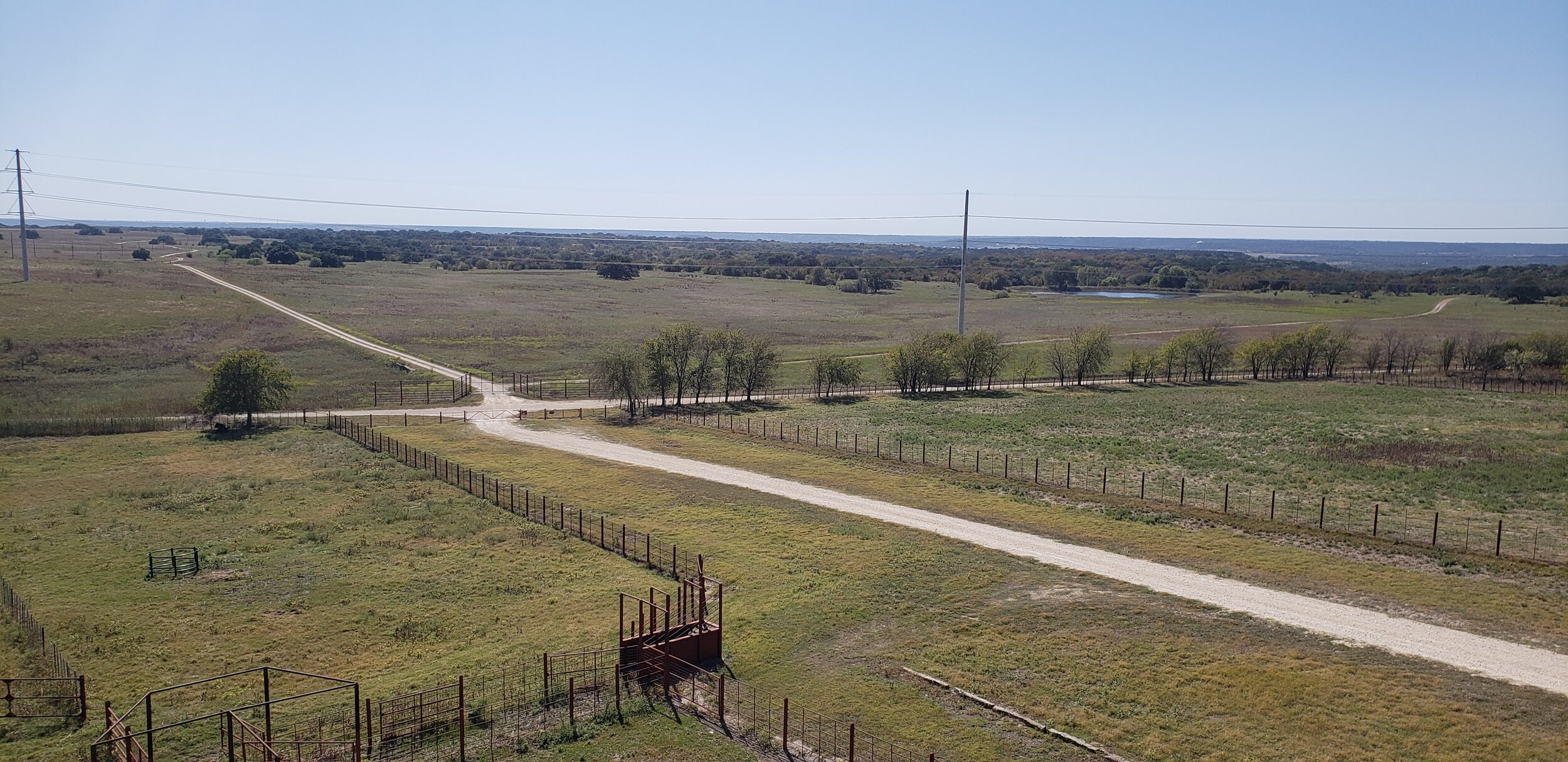Last fall I was invited to speak to volunteers of Texas Wildlife Association and a group of young hunters participating in the Youth Hunt (Texas Youth Hunt Program) facilitated by TWA, Texas Parks and Wildlife Department, and gracious landowners. In February, I had met Bob Barnette, TYHP North Texas Field Operations Coordinator, through a mutual friend who introduced us after we all had attended the recording of MeatEater podcast #161 in Dallas. After the MeatEater event, we all engaged in an enjoyable conversation during which Bob told me about Texas Wildlife Association and its partnership with Texas Parks and Wildlife Department and his efforts to introduce young people to hunting culture and to provide them with opportunities to hunt. I was intrigued. The program clearly was committed to the R3 program, i.e., “Recruit, Retain & Reactivate,” which has been recognized as being essential to maintaining and expanding hunting numbers in future generations. I met Bob again at the “Wild Game for West Dallas” fundraiser for Brother Bill’s Helping Hand and in our subsequent conversations he encouraged me to consider participating in TWA and offered an invitation to see how a TYHP Youth Hunt worked and to speak to the hunters, their families, and the volunteers.
The Youth Hunt in October 2019 was held at the magnificent Rocosa Ridge Ranch, which has extraordinary connections to Texas history, was owned by past governors of Texas, and has been recognized for having been returned to native habitat. As I drove toward the ranch in Bosque County, I considered how I would address the young people. I had brought all kinds of accouterments to accompany my talk about how hunting and consuming wild animals had a long history in Texas, from the Paleo-Indian Clovis peoples until the present, but as I drove, I searched for a way to close out my thoughts and leave the audience with a memorable nugget.
Somewhere along the way, I came up with a short list of advice that summarized the ‘wisdom’ that I would want to pass on to the next generation knowing that they will affect what little is left of ‘wildness’ in the world. As I drove, I jotted down a brief outline of my ideas (yes, probably not that safe and definitely ‘old school’), still searching for a potent parting. (I rarely use notes for my lectures or talks. After teaching for more than two decades, I still enjoy the stress of trying to construct a talk while interacting with the audience. I like to keep it exciting—at least, for me!) Hours later, as I stood before them speaking, my mind raced to formulate my last thought. And then it all came together in a mnemonic device.
This was my LAST thought, my LAST wish—that they would love the fellow animals that they pursued, that they would never stop asking ‘why,” that they would share their stories and listen to those of others, and that they always should be thankful for the opportunities that they enjoyed courtesy of the labors of so many others who had gone before.
Love the Animals
Ask Why
Share Stories
Thankful, Always Thankful
The temptation at this point is to pontificate on how each of the steps should guide hunters and future generations toward a more fulfilling experience, but I won’t indulge at this time. I leave it to the reader to consider …
(Love the Animals) How a commitment to seek out the good for the wild animals that are seasonally pursued will yield a constantly evolving commitment to improving animal habitat, preserving the wildness of animals, and engender a deep-seated affection for the animals whose lives are so closely intertwined with that of the hunter;
(Ask Why) How an intentional openness to wonder and a life-long commitment to learning more about nature might yield that necessary combination of “science and use” that promotes the welfare of the animals which are seasonally pursued and also how wonder promotes the intellectual elements of the hunter who further immerses herself in the environment and thereby realizes her connection to the rest of the biotic community;
(Share Stories) How sharing stories solidifies the connection between hunters, nature, and prey as the past becomes immediately present in the retelling, imaginations are formed through the passion and imagery of story, and hunting culture is defined and redefined through narratives;
(Thankful, Always Thankful) How recognizing that the opportunities that we are afforded today are a product of the work of those who labored for conservation in the past, a product of the kindness of those who share their resources today, and a gift from a Creator who shaped a good world in which humans are a part and for which we should actively endeavor to respect and maintain—and always be thankful for the animals whose lives we take and whose bodies sustain us each day of our lives.
Such was and is my LAST thought.
All Text and Images, Copyright © by Bracy V. Hill II – All rights reserved





